From 16 to 21 October, Czech Member of the EPP Group Jaromír Štětina was the first Member of the European Parliament to enter the recently under-siege and badly-damaged Syrian border town of Kobani.
Štětina, Vice-Chairman of the Parliament’s Subcommittee on Security and Defence and a former war correspondent, described in gripping detail his experiences and gave us his personal views on the situation in Kobani.
What moved you, at great personal risk, to travel to Kobani, which was recently liberated from ISIS?
What is going on in Syria today could be compared to what happened in Afghanistan in 1982, or in Vietnam – large regional military conflicts after WWII. I found it important to see with my own eyes what is going on the spot. Having your own experience is always crucial.
But I have to confess another reason – for some decades I have been interested in the life of the Kurdish ethnic minority in the region, so I wanted to see their situation in Syria.
How did you get to Kobani?
I flew through Vienna to Erbil, the capital of Iraqi Kurdistan. From there I rented a car and followed the Tigris River, which forms the border between Syria and Iraq. With a written invitation from the Kurdish military command in Syria, I crossed the border and made the 400km journey to Kobani.
In Syria we were joined by seven more cars, including nine masked soldiers equipped with heavy armour and trained to protect us from any sudden attack from ISIS. They also used drones to observe the security situation where we stayed in Kobani.
I travelled through Rojava, which is a region between Tigris and Euphrates in Syrian Kurdistan. The road runs alongside the Turkish border. From the Turkish side it’s a well-guarded border. We saw Turkish soldiers defending it. Sometimes we saw a stationed tank on the Turkish side pointing at Rojava.
I estimate we saw around 100 destroyed villages in Western Rojava, all burned down by ISISJaromír Štětina MEP
At one stage the road was damaged by a bulldozer and there was a hole which could not been bypassed. So we went off road and looked for a detour. We had to cross some nearby villages, all burned down by ISIS. I estimate we saw around 100 destroyed villages in Western Rojava.
By leaving the main road we risked entering a mine field or being caught in a trap. Luckily nothing happened. Finally, in two days, we made it to Kobani.
How would you describe Kobani?
I was sad to see the town completely destroyed. As a former war correspondent I reported from around 20 different war zones. I was in Grozny during the Chechnya war and, I’m sad to say, Kobani these days looks much worse.
Grozny was destroyed as the consequence of a terrible war, while Kobani was systematically destroyed by ISIS. House by house, the town was blown up deliberately.
What is interesting is that Kobani is divided by the border, and the Turkish side is almost entirely intact.
Kobani was systematically destroyed by ISIS. House by house, the town was blown up deliberately. The town was destroyed by attacks by ISIS military forces. But what is not known is the fact that some of these attacks were directed from the North, from Turkish soil.
The town was destroyed by attacks by ISIS military forces. But what is not known is the fact that some of these attacks were directed from the North, from Turkish soil.
This was evidenced and recorded by the Kurds and these pictures prove that some attacks on Kurdish Kobani were carried out from the (Turkish) North. But that was not all. In August, when the Kurds launched an offensive to connect the Eastern and Western parts of Rojava and ISIS started to retreat, the Kurds claim that some ISIS units retreated to Turkey, where obviously it was not possible for Syrian Kurds to chase them.
The world needs Turkey to play the role of regional leader, rather than get mired in an internal nationalist approach
Silent Turkish support for ISIS is unfortunately a fact we need to take into account. But the world needs Turkey to play the role of regional leader, rather than get mired in an internal nationalist approach.
On one of the pictures that you took with your iPhone we could see you visited a school.
The town was completely destroyed and all its inhabitants fled. Some fled to other parts of Rojava and some managed to get to Turkey and were placed in refugee camps. Now people are slowly moving back in.
We already saw some signs of life in the town, several improvised shops that were built in iron containers. And we saw also a school they managed to build – a heavy experience for me.
I realised there is clear gender equality in Kurdistan. I saw 14-15 year-old girls with self-confidence, nicely dressed in European outfits, with an interest in science.
It was a girl’s school. When we entered the classroom, they were in the middle of a maths class. At that moment, I realised there is clear gender equality in Kurdistan.
I saw 14-15 year-old girls with self-confidence, nicely dressed in European outfits, with an interest in science. The town is starting to live again, but we don’t know yet if or when it will return to its former state.
What did you report to the European Parliament?
I held talks with the leadership of the Syrian Kurdish forces and I now have the whole picture of their needs and requests.
But the main finding is that Syrian Kurds represent a well-organised military force. The People’s Protection Units (YPG) and Women’s Defence Units (YPJ) are the only military forces in the region able to stand up to ISIS and destroy or at least weaken it – but obviously not without effective air support.
Syrian Kurds represent a well-organised military force. Both the People’s Protection Units (YPG) and Women’s Defence Units (YPJ) are the only military forces in the region able to stand up to ISIS and destroy or at least weaken it – but obviously not without effective air support
There is a lack of coordination however. I would say that coordinated action with the Kurdish forces on the ground and coalition action from the air would allow forces to reach Rakka, the main headquarters of ISIS, within several weeks. What they need are weapons and ammunition. They need mine detectors and sensors to detect suicide bombers.
Coordinated action with the Kurdish forces on the ground and coalition action from the air would allow forces to reach Rakka, the main headquarters of ISIS, within several weeks
ISIS are using new methods – including suicide truck drivers loaded with bombs. The Syrian Kurds need to send their wounded soldiers to proper hospitals and rehabilitation centres. They would welcome international observers in Kobani to see the situation on the ground. The Syrian Kurds need to be trained and equipped by the international coalition.
You spent almost a week on the road in one of the most dangerous areas on earth at the moment. Were you ever worried or afraid?
Of course I was worried, I have learnt over the years that he who is not afraid can have very bad luck. I had a feeling the Syrian Kurds feared more for my safety. They knew that if something would happen, it would be bad for their reputation. We were cautious and never disclosed our location in our limited mobile communication with our colleagues.
http://www.eppgroup.eu/news/Syrian-Kurds-standing-up-to-ISIS:-a-personal-account-of-a-trip-to-Kobani


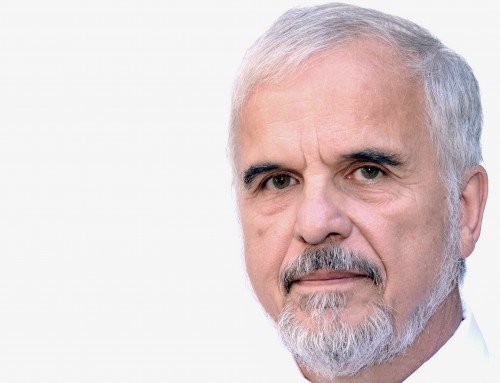
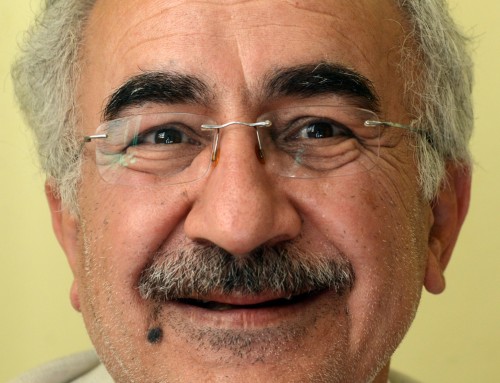
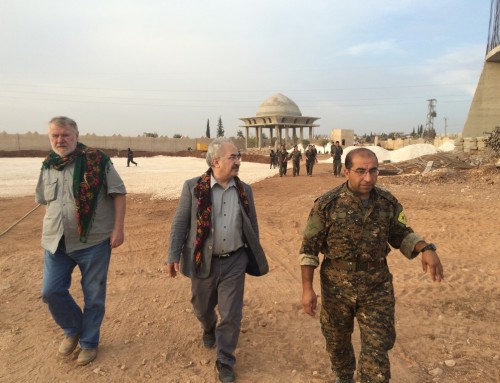
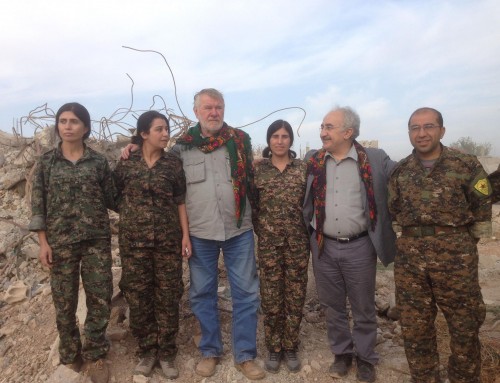
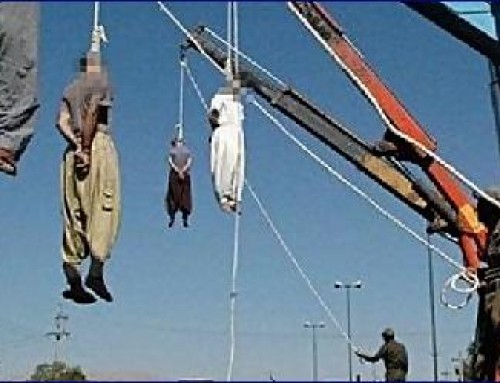
Leave A Comment